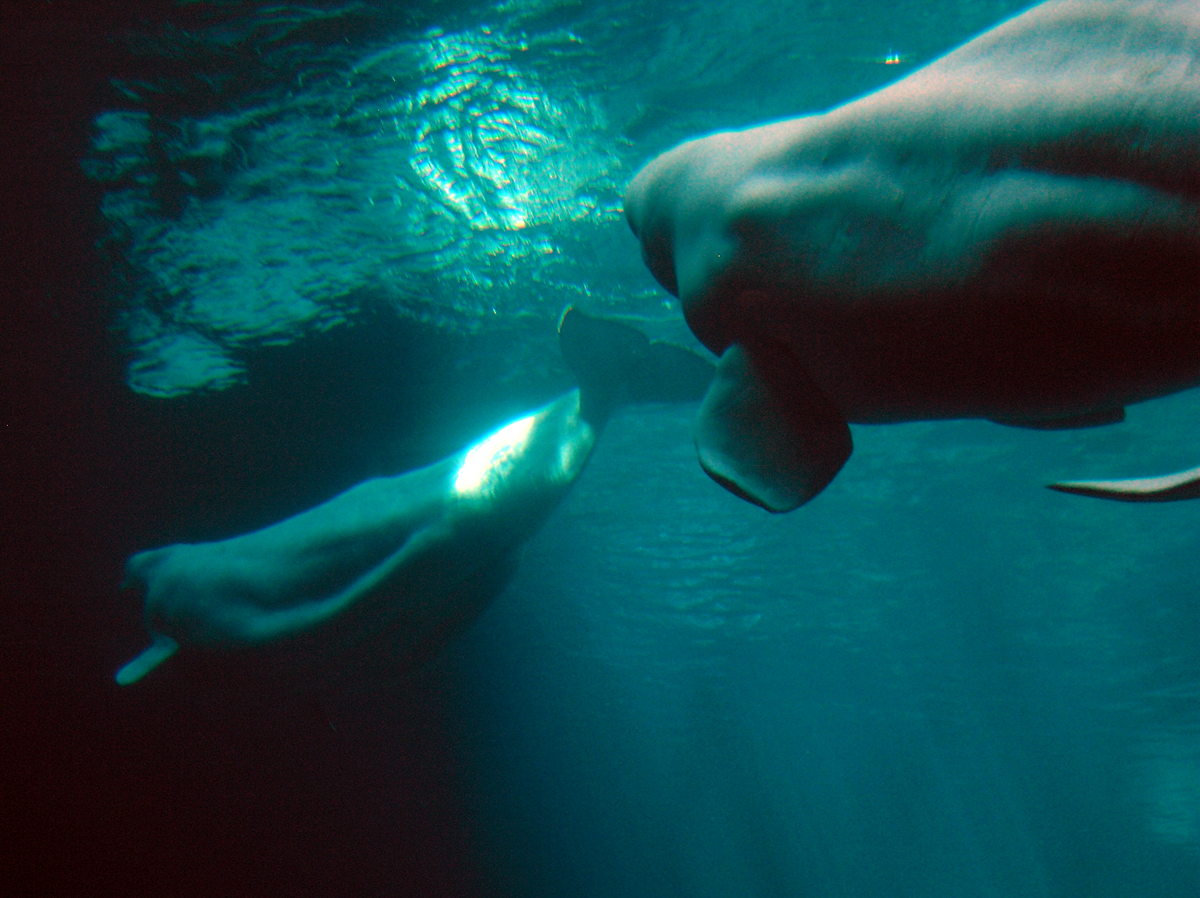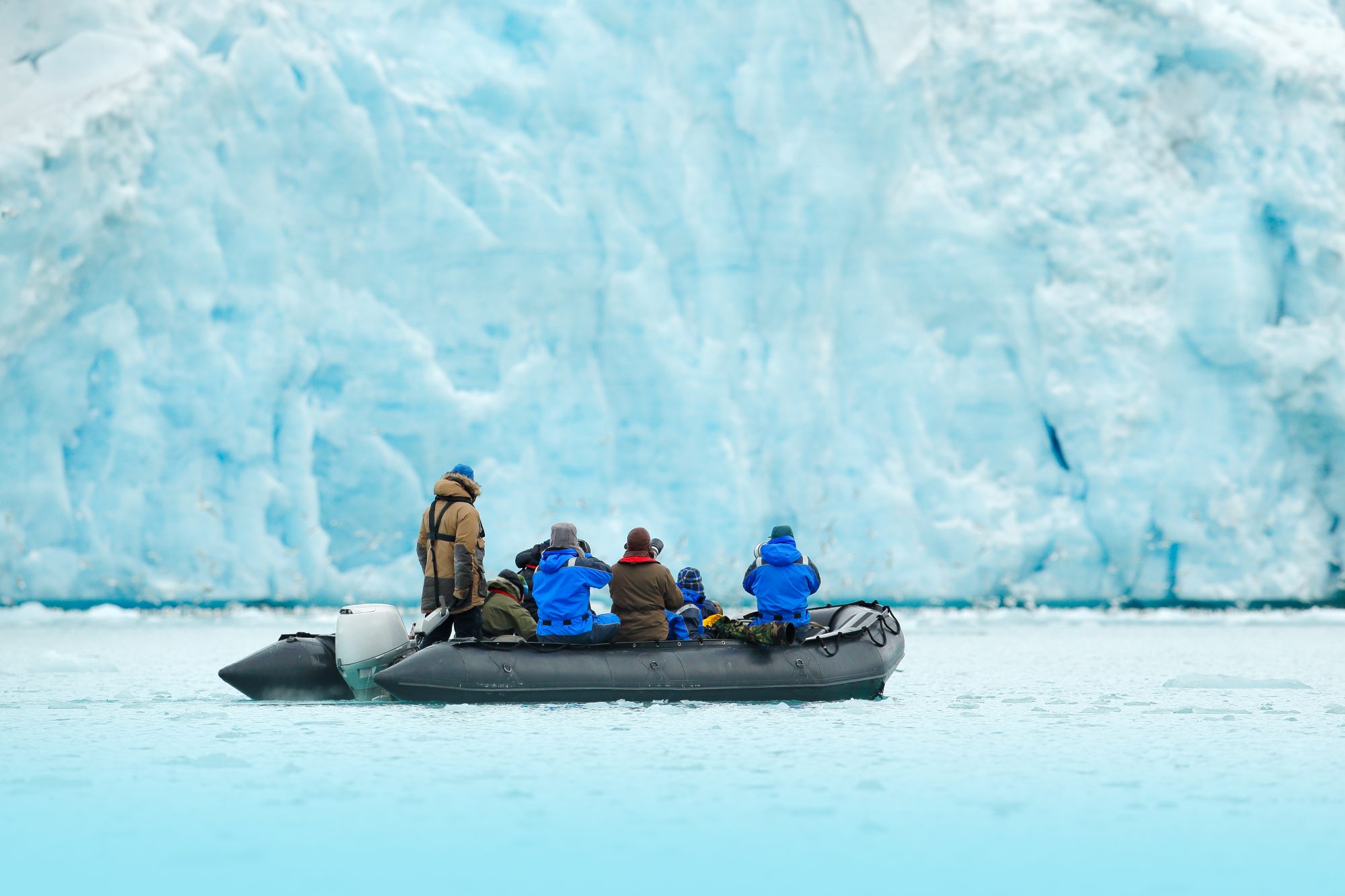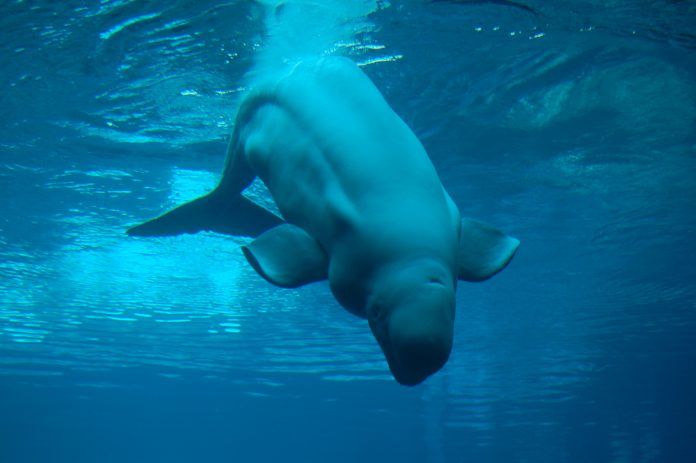In the northern Bering Sea, scientists undertook a four-year acoustic monitoring project to understand Arctic conservation needs for five marine mammals
A year-round acoustic study of marine mammals in the northern Bering Sea is providing scientists with a valuable snapshot of an Arctic world already under immense pressure from climate change, according to WCS (Wildlife Conservation Society), Columbia University, Southall Environmental Associates, and the University of Washington.
Dylan Browne, Head of Maritime at OneWeb, discussed the crucial place of the Arctic with us:
“The Arctic’s position at the frontier of everything from changing global air currents to fish stocks means what happens in the Arctic matters everywhere else. Scientific research into the Arctic is, therefore, fundamental to predicting and influencing global environmental changes.
“For example, ocean currents massively influence global climate conditions and melting Arctic ice is set to flood the seas with freshwater, lowering temperature and salt levels across the world’s oceans and producing a resulting ripple effect across global weather patterns.”

When did this Arctic conservation research begin?
The scientists conducted the study between 2012 and 2016, and this is the first study to conduct year-round monitoring for marine mammals off St. Lawrence Island.
Authors of the new study in the journal Marine Mammal Science determined over four years how seasons, sea surface temperature, and sea ice influence the presence, distribution, and movements of five species of endemic Arctic marine mammals.
Which Arctic marine mammals have been tracked?
- Bowhead whales (Balaena mysticetus)
- Beluga whales (Delphinapterus leucas)
- Walrus (Odobenus rosmarus)
- Bearded seals (Erignathus barbatus)
- Ribbon seals (Histriophoca fasciata)
Emily Chou, WCS scientist and lead author of the study, said:
“The data gathered during the study will serve as an important baseline for future monitoring of the effects of climate change, subsequent sea ice changes, and expected increases in shipping on the distribution of the region’s marine mammals.”
With the support of local indigenous hunters and fishermen, the scientists deployed archival acoustic recorders in three locations in the northern Bering Sea.
Co-author Martin Robards said:
“Working with local residents to deploy and retrieve equipment was an important part of our effort to keep the work as locally-based as possible.”
What techniques were used?
Two of the recorders (attached to flotation devices and anchored to the seafloor with weights) were deployed off the northern shore of St. Lawrence Island, specifically near the Native villages of Savoonga and Gambell. The third recorder was placed in the Bering Strait, a 36-mile wide gap between the Russian Far East and Alaska that serves as the migratory pathway for thousands of marine mammals moving between the Bering Sea and the Arctic Ocean.
Brandon Southall, a co-author on the study, said:
“Acoustic monitoring is the most effective means of determining the seasonal presence of these species in these challenging Arctic areas, given the unpredictable weather conditions and variable daylight and ice conditions.
“It can also be used to measure variability in ocean noise from both natural and human sources, such as shipping, and how they may affect the behavior and well-being of marine mammals.”
What did they find in the Arctic seascape?
The recorders logged more than 33,000 individual vocalisations from whales, walruses, and seals over the study period. Overall, the study supported previous scientific and traditional knowledge about the distribution of marine mammals in the northern Bering Sea with a finer-scale resolution than ever before.
The data showed consistent seasonal distribution and movement patterns for most species, and analyses showed that time-of-year was the most statistically significant factor in the detection of marine mammal vocalisation.
What does this mean for the future of Arctic conservation?
The study findings will help guide future monitoring efforts on the region’s cetacean and pinniped species and will inform conservation management decisions for acoustically sensitive marine mammals in the context of disappearing ice and projected increases in maritime traffic.
Specifically, this type of work and continued monitoring at strategic locations in this Arctic area will eventually help identify trends caused by long-term changes in environmental conditions and human-related activities.
Joseph Cook, Vice President of the UK Polar Network (UKPN) Committee, spoke to us about climate impacts:
“The Arctic is a sensitive victim of climatic change but at the same time a powerful accelerator of climate impacts worldwide, meaning we all pay the price for a warmer Arctic.
“It has recently been estimated that by the end of the century Arctic warming will contribute $66.9 trillion to the global economic costs of climate change under emissions scenarios expected under current national pledges (Yumashev et al. 2019).”
Dr. Howard Rosenbaum, Director of WCS’s Ocean Giants Program, said:
“There is no doubt that the Arctic is currently undergoing rapid and significant changes that are alarming.
“Our work on Arctic marine mammal populations in this region is essential to assess any forthcoming resulting shifts or changes resulting from warming Arctic conditions, and ultimately working partners and authorities to find solution to protect these iconic species and their habitats.”

The authors of the study titled “Seasonal variation in Arctic marine mammal acoustic detection in the northern Bering Sea” are: Emily Chou; Ricardo Antunes; Stephanie Sardelis; Kathleen M. Stafford; Leigh West; Christopher Spagnoli; Brandon L. Southall; Martin Robards; and Howard Rosenbaum.
Funding for this study was provided by the North Pacific Research Board (Project #1511), the Flora Family Foundation, and the US National Science Foundation’s Office of Polar Programs (Grant/Award Number: 1107106).











